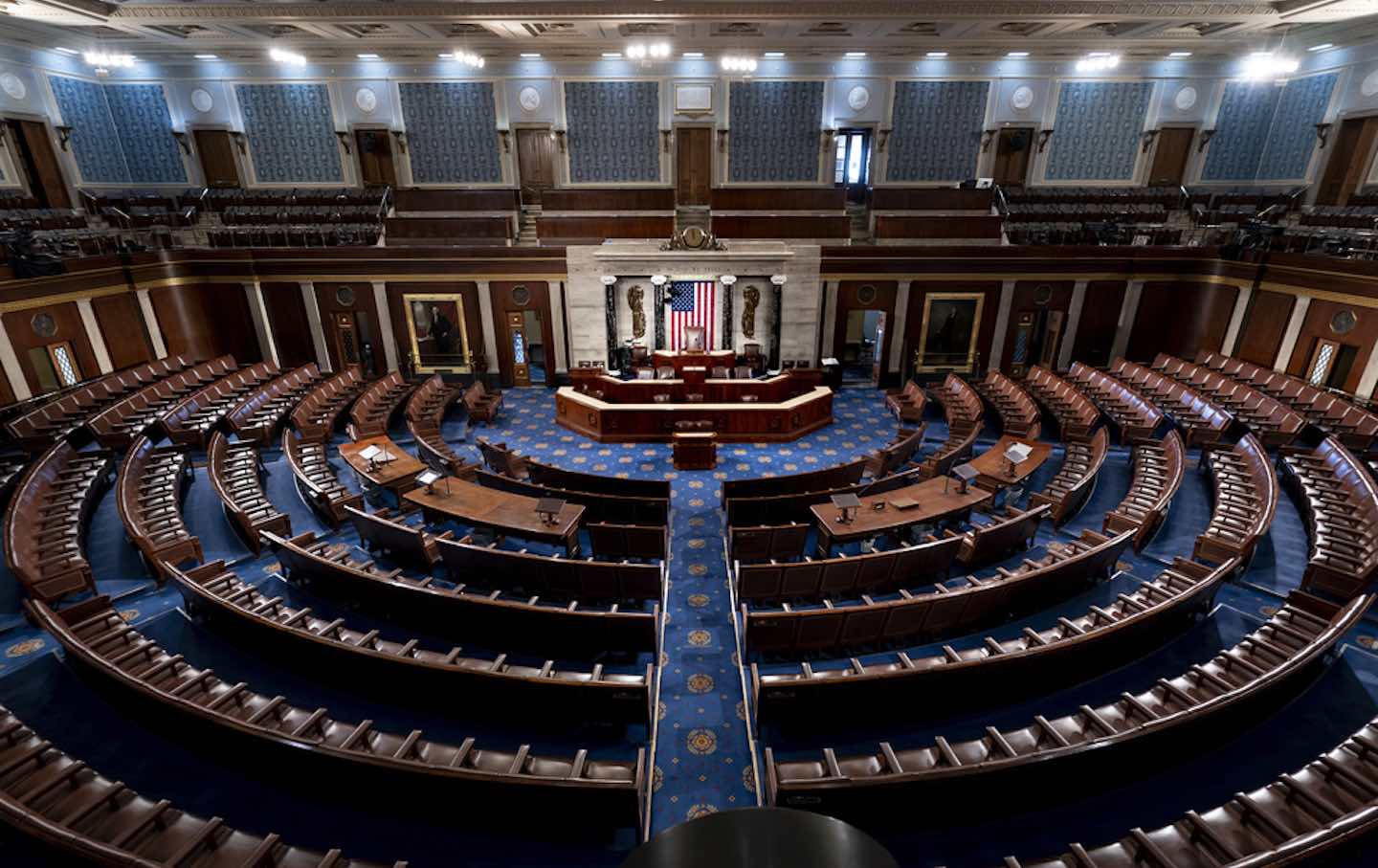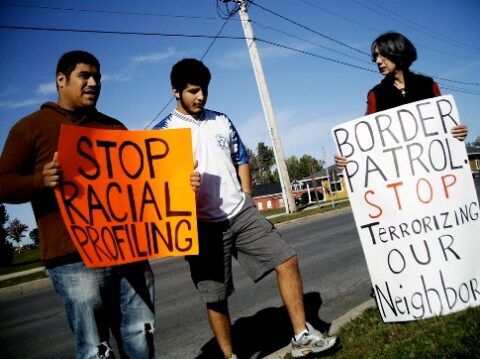(Akiit.com) One of my four brothers graduated from the University of Iowa, but being a black male, I don’t think I want to spend too much time in the Hawkeye state. Only about 2 percent of Iowa’s population is black, but blacks are 13.6 times more likely than whites to be imprisoned there. That’s more than twice the national average, which itself is bad enough. Hispanics nationally are imprisoned at double the rate of whites.
I shouldn’t pick on Iowa, though. I live in New Jersey, where blacks are imprisoned at 10 times the rate of whites. Over in Pennsylvania, it’s five times. You would think the disparities would be worse in the Old South states. But in Alabama, Mississippi and Georgia, where blacks make up larger parts of the population, they are only about three times more likely to be imprisoned than whites.
These incarceration statistics, released last week by the Sentencing Project, a research and advocacy group that promotes alternatives to prison, are sure to prompt recitations of that old Richard Pryor joke: I went to the courthouse to find justice, and that’s exactly what I found: Just us!
The racists among us will be quick to attribute the imprisonment disparity to the misguided belief that blacks are inherently prone to criminality. I’ve seen no valid studies supporting that view. But numerous scholars have correlated crime to conditions of poverty — and blacks remain disproportionately poor.
In that regard, conditions are better but still similar for many blacks to what sociologist W.E.B. DuBois observed when he researched “The Philadelphia Negro,” published in 1899. DuBois said crime is “the open rebellion of an individual against his social environment,” an environment with “homes badly situated and badly managed, with parents untrained for their responsibilities; the influence of social surroundings which by poor laws and inefficient administration leave the bad to be made worse.”
Sure sounds like parts of Philadelphia today, or parts of almost any big city and even some rural areas. But the relationship of poverty to crime isn’t the only reason for the discrepancy between black and white incarceration rates. Prejudice still plays a role, as it did in DuBois’ day. DuBois noted that what we would call white-collar crimes today — forgery, embezzlement — were not prosecuted with the same vigor in a “commercial community” like Philadelphia. Lesser crimes such as “petty thieving, breaches of the peace, and personal assault and burglary” received more severe punishment. Today’s parallel might be in the inequitable prosecution of drug crimes, a major factor for the racial discrepancies in U.S. prison incarceration rates.
Although blacks constitute no more than 15 percent of all drug users, 63 percent of drug offenders sent to state prisons were black. Studies show the majority of drug offenders sent to prison in the last decade were convicted of low-level drug possession or sales. Where do most of those arrests occur? In low-income neighborhoods populated largely by blacks.
Why? Because it’s much easier to make a bust in poor neighborhoods where drugs are sold in open markets than in suburban neighborhoods where drug abuse is largely hidden.
It’s not that blacks are more likely to abuse drugs. The National Household Survey on Drug Abuse says whites make up about 72 percent of America’s illegal drug users; blacks, 15 percent. But blacks are most likely to be caught and sent to prison.
Criminal behavior should be prosecuted wherever it occurs. But easing the poverty that afflicts too many minority communities would have a profound effect on reducing the crime within them. That will take more jobs and better education to qualify for jobs.
In the meantime, more drug treatment programs and more sentencing alternatives for nonviolent criminals makes more sense than building prison after prison for members of a community targeted more for where they live than for what they have done.
By Jackson










Leave a Reply